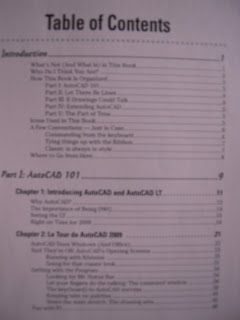Occupational health and safety is a cross-disciplinary area concerned with protecting the safety, health and welfare of people engaged in work or employment.The goal of all occupational health and safety programs is to foster a safe work environment.As a secondary effect, it may also protect co-workers, family members, employers, customers, suppliers, nearby communities, and other members of the public who are impacted by the workplace environment. It may involve interactions among many subject areas, including occupational medicine, occupational (or industrial) hygiene, public health, safety engineering, chemistry, health physics.
In
Malaysia, the Department of Occupational Safety and Health (DOSH) under the Ministry of Human Resource is responsible to ensure that the safety, health and welfare of workers in both the public and private sector is upheld. DOSH is responsible to enforce the
Factory and Machinery Act 1969 and the
Occupational Safety and Health Act 1994.
Hazards, risks, outcomes
The terminology used in OSH varies between states, but generally speaking:
- A hazard is something that can cause harm if not controlled.
- The outcome is the harm that results from an uncontrolled hazard.
- A risk is a combination of the probability that a particular outcome will occur and the severity of the harm involved.
“Hazard”, “risk”, and “outcome” are used in other fields to describe e.g. environmental damage, or damage to equipment. However, in the context of OSH, “harm” generally describes the direct or indirect degradation, temporary or permanent, of the physical, mental, or social well-being of workers. For example, repetitively carrying out
manual handling of heavy objects is a hazard. The outcome could be a
musculoskeletal disorder (MSD) or an acute back or joint injury. The risk can be expressed numerically (e.g. a 0.5 or 50/50 chance of the outcome occurring during a year), in relative terms (e.g. "high/medium/low"), or with a multi-dimensional classification scheme (e.g. situation-specific risks).
Hazard Assessment
Hazard analysis or hazard assessment is a process in which individual hazards of the workplace are identified, assessed and controlled/eliminated as close to source (location of the hazard) as reasonable and possible. As technology, resources, social expectation or regulatory requirements change, hazard analysis focuses controls more closely toward the source of the hazard. Thus hazard control is a dynamic program of prevention. Hazard-based programs also have the advantage of not assigning or impling there are "acceptable risks" in the workplace. A hazard-based program may not be able to eliminate all risks, but neither does it accept "satisfactory" -- but still risky—outcomes. And as those who calculate and manage the risk are usually managers while those exposed to the risks are a different group, workers, a hazard-based approach can by-pass conflict inherent in a risk-based approach.
Risk Assessment
Modern occupational safety and health legislation usually demands that a
risk assessment be carried out prior to making an intervention. It should be kept in mind that risk management requires risk to be managed to a level which is as low as is reasonably practical.
This assessment should:
- Identify the hazards
- Identify all affected by the hazard and how
- Evaluate the risk
- Identify and prioritize appropriate control measures
The calculation of risk is based on the likelihood or
probability of the harm being realized and the
severity of the consequences. This can be expressed mathematically as a
quantitative assessment (by assigning low, medium and high likelihood and severity with integers and multiplying them to obtain a
risk factor, or qualitatively as a description of the circumstances by which the harm could arise.
The assessment should be recorded and reviewed periodically and whenever there is a significant change to work practices. The assessment should include practical recommendations to control the risk. Once recommended controls are implemented, the risk should be re-calculated to determine of it has been lowered to an acceptable level. Generally speaking, newly introduced controls should lower risk by one level, i.e., from high to medium or from medium to low.









